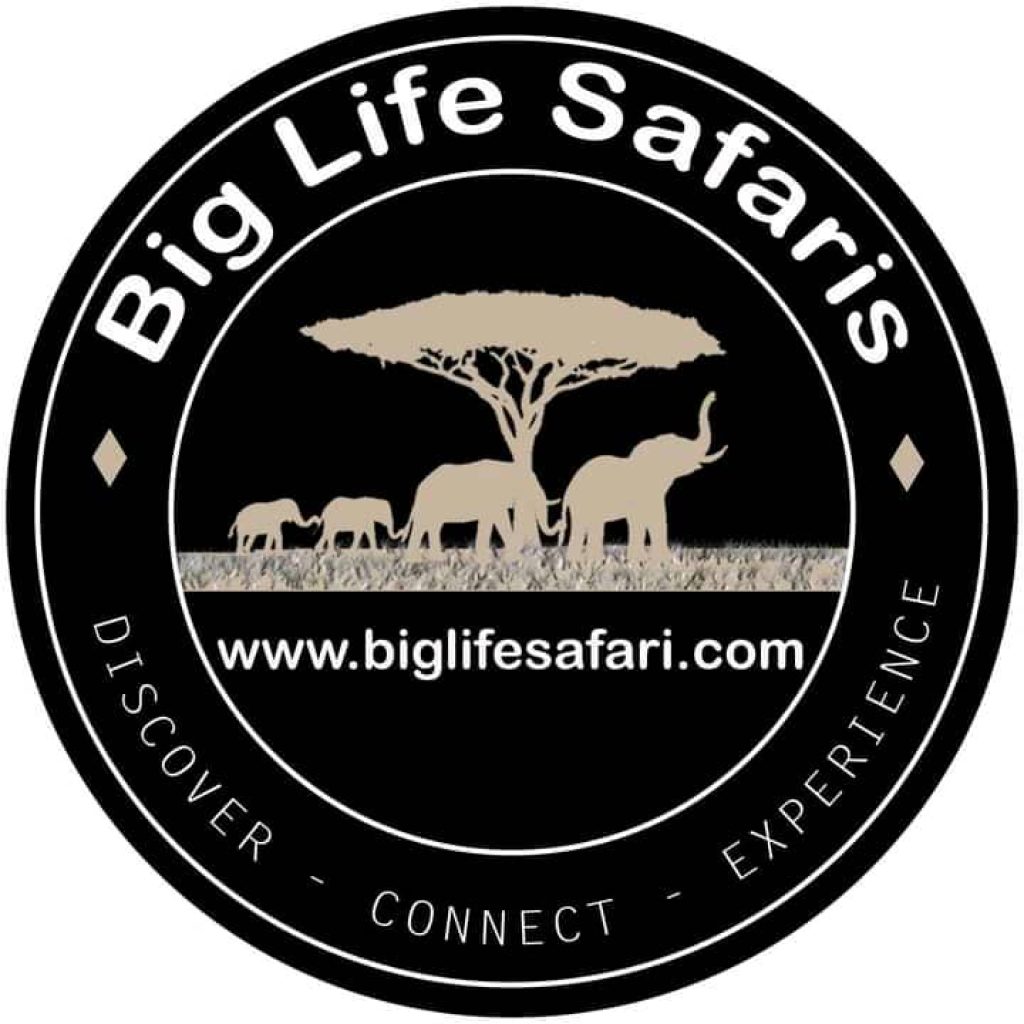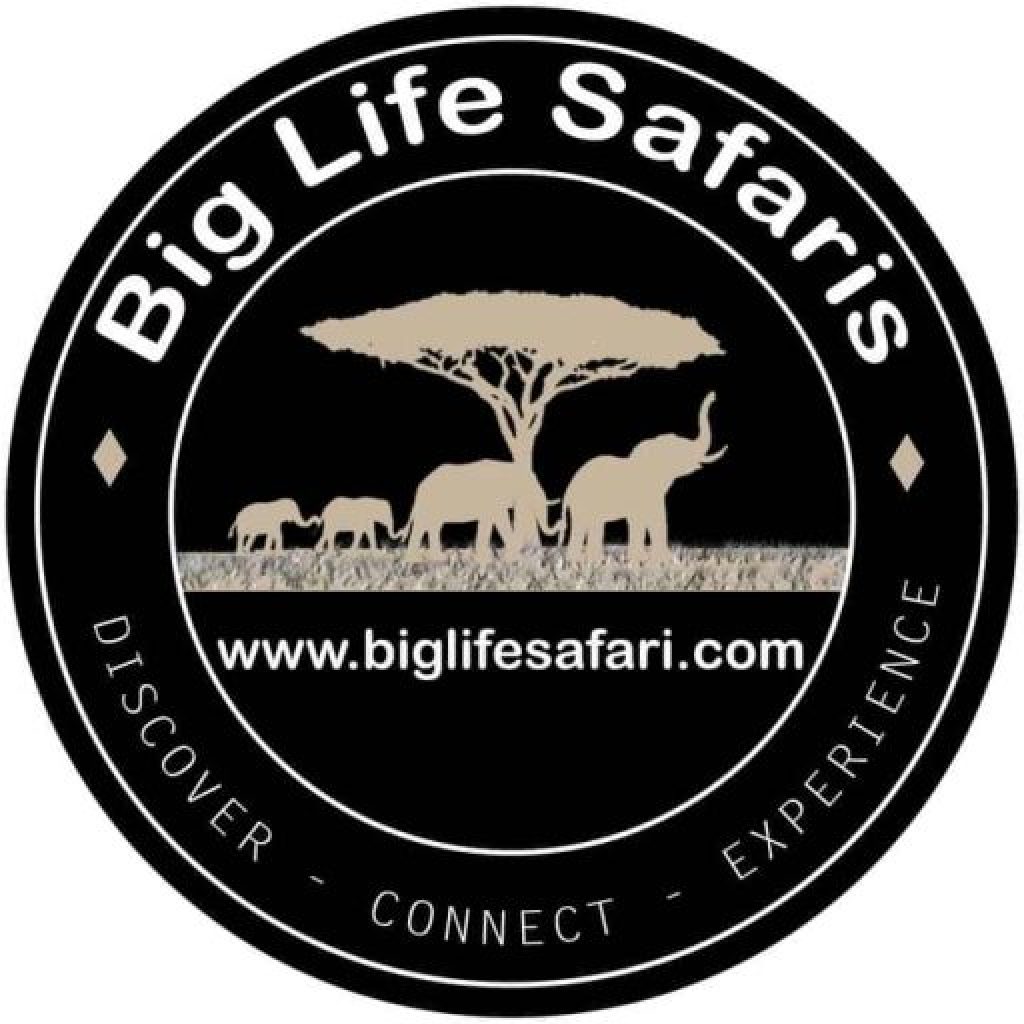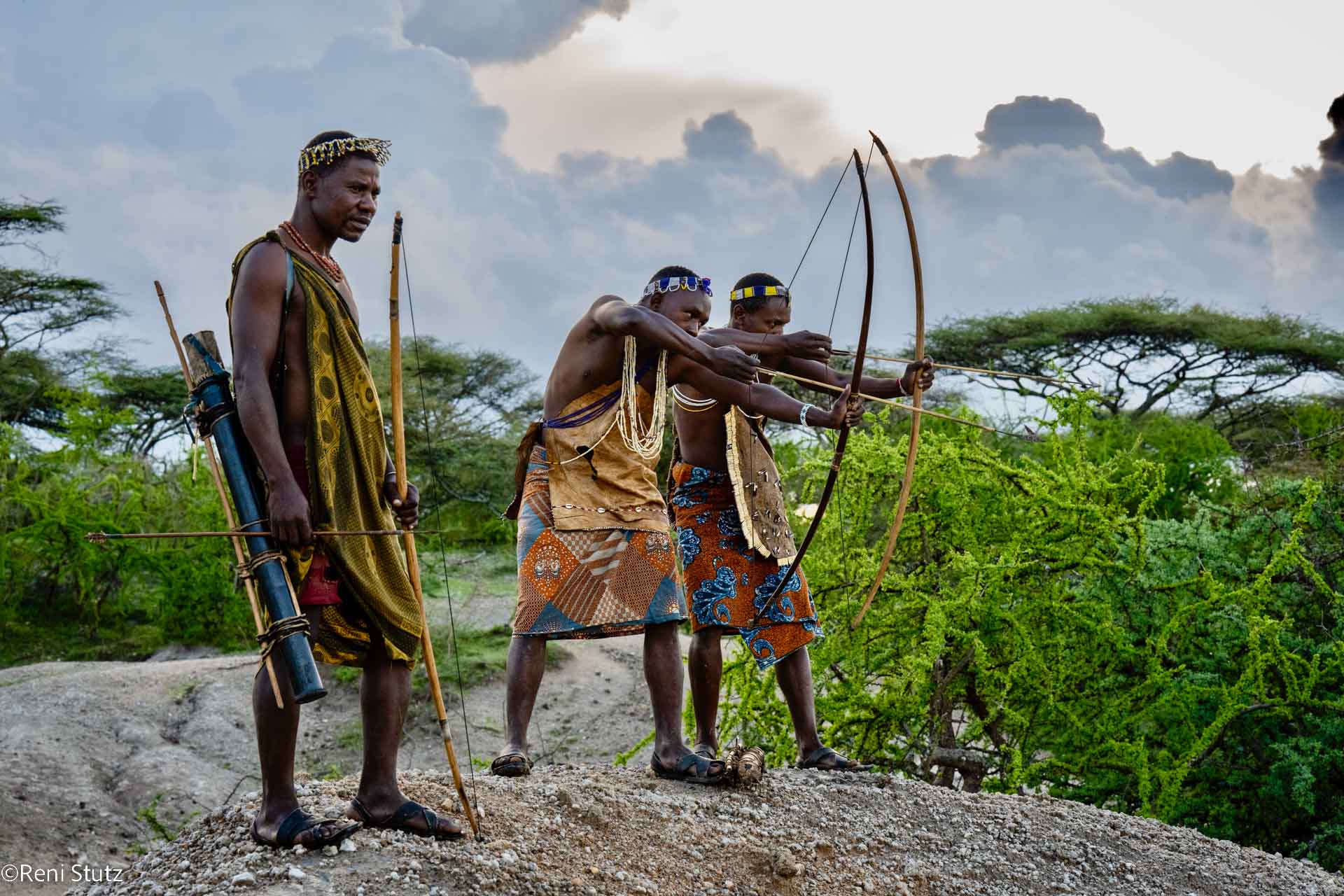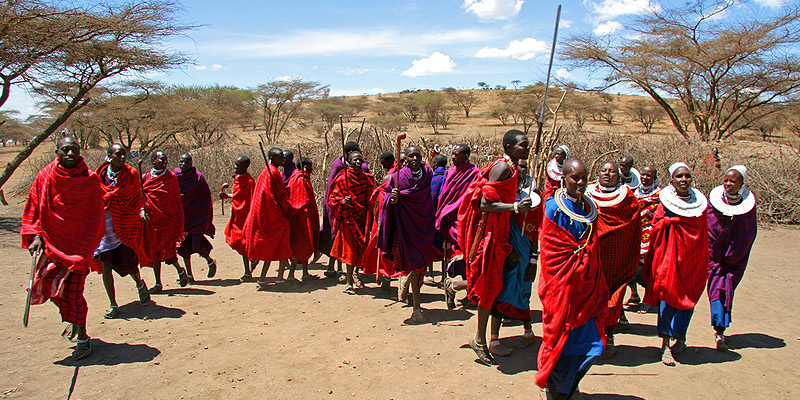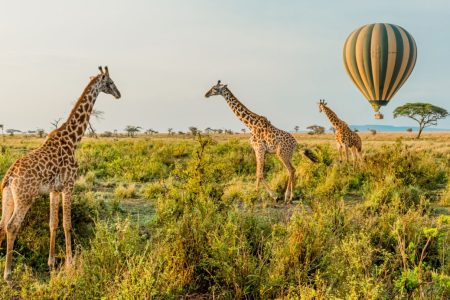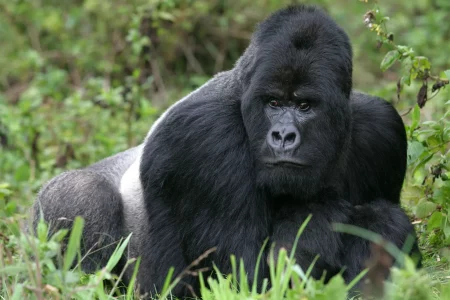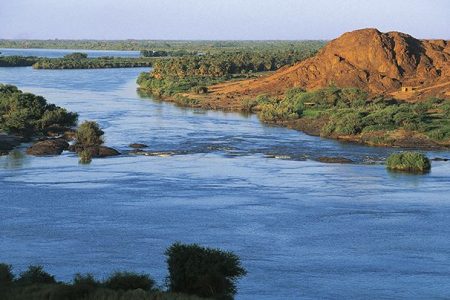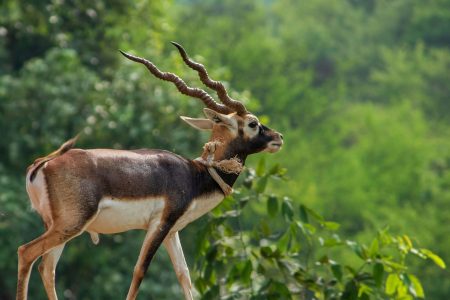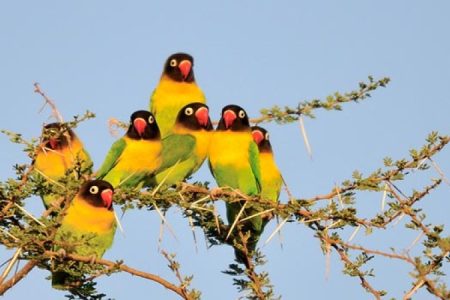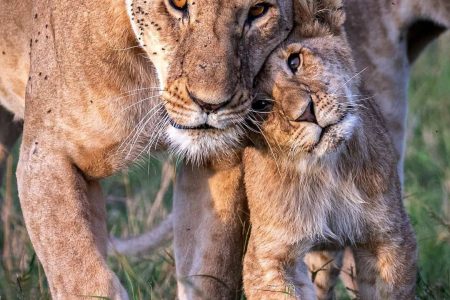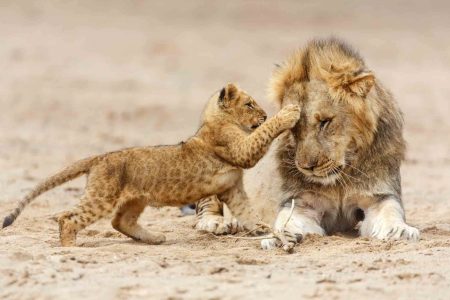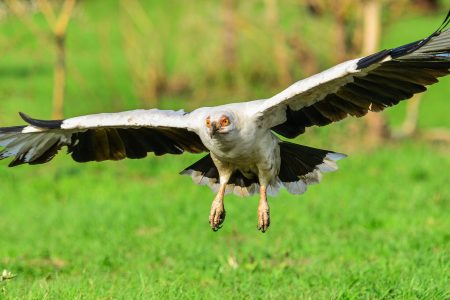6
Daily Tour
18 people
___
About this tour
We offer a variety of cultural programs.
Cultural tours are developmental projects in villages all over Tanzania. This is your chance to explore the traditional way of living in the rural areas, and at the same time contribute to different developmental projects in each area.
The cultural tours can offer you several adventures, among the options are visits to local medicine men, cheese makers, joining a camel safari, trekking various mountains, visiting tribes and exploring the rituals of the Maasai, Meru, Chagga, Sukuma, Hadzabe, Barbaig, Makonde, Wasambaa.et
Accommodation is simple, but clean, some villages have their own guest houses and can offer you traditional Tanzanian dishes at a very high standard, in places with no guesthouses, you will set up camp and overnight on the ground in a tent.
A fixed percentage of the income from these tours will go directly to the villages, helping the local people build cattle dips, schools and other projects needed. Small gifts are appreciated, as well as donations to the various projects. As a visitor, you can see with your own eyes where the money goes, and you are also offered to take a look in the accounting books to see what each shilling has been used
Itinerary
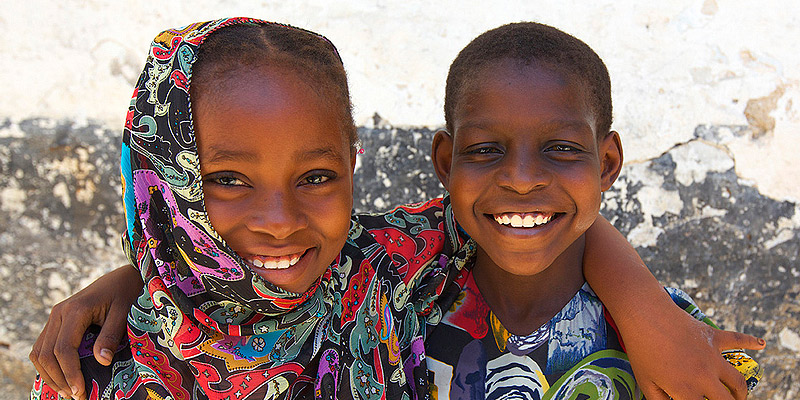
Mulala Cultural Tourism offers tours of a community-owned estate with almost 100 small family farms in Mulala village. It is a rural setting on the southern slope of Mount Meru in Arusha, Tanzania, and is surrounded by spectacular scenery. Mulala Village lies 1, 600 – 1,700 metres above sea level. The estate includes coffee plantations, banana farms, honey harvesting and extraction, and cheese-making unit. Our environment includes lush vegetation, a forest reserve, and spectacular views from Mount Meru of Mount Kilimanjaro.Your tour will be customized to meet your interests. For example, you can hike through the forest, participate in roasting coffee, and sample freshly made cheese. You will also have the opportunity to meet, observe, and converse with members of the Agape Women’s Group who lead this work.
Mto wa Mbu is situated on the way from Arusha to the Manyara National Parks in Northern Tanzania, just at the foot of the Rift Valley. Mto wa Mbu is the entry-port to Lake Manyara National Park, and also conveniently on the way to Ngorongoro Crater and Serengeti, which makes it an ideal rest place for most safari travelers. The area around Mto wa Mbu was rather dry and hardly populated till the early fifties, when the first steps were made to irrigate the area. Within a few years hundreds of acres of newly cultivable land were created. The news of the fertile lands spread rapidly through the country and from all remote corners people came to try their luck. Fruits and vegetables from all over Tanzania were introduced to the area, and within a few decades the dry and empty plains were turned into a green semi-urban center. The rapid population growth has turned this village into a melting pot of cultures. Nowhere else in Tanzania have so many tribes gathered in such a small area, andmanypeoplehavestillkepttheirtraditions.In Mto wa Mbu there are several campsites and guesthouses as well as lodges. In most of these places tourists can eat a meal and order a lunch box. During tours, visitors will have the opportunity of enjoying traditional cuisine prepared by local women in the village. Apart from the guesthouses and campsites in town, there are high quality lodges on the edge of the Rift Valley that oversee Lake Manyara National park and the surrounding area.The guides grew up in Mto wa Mbu, and recently finished Manyara Secondary School. They can speak English and are familiar with the area. They will be happy to tell you interesting facts and stories about the different cultures, irrigation system and the various fruits and vegetables in the area. They want to gain experience and earn a small income by showing tourists the beauty of their area.Farming tour: Starting from the market, where you visit a Chagga family producing banana beer, you walk northwards passing many different farms. On your way you get explanation about the various fruits and vegetables growing in the area. Mzee Filipo, a farmer from Kigoma, will show you his oil press and tell you about the history of irrigation in the area. Your trip ends at a farm build by the Belgium Development Organization ACT, where you can visit their sunflower production and take marvelous pictures of colorful flower fields with the Rift Valley as background.Papyrus lake tour: This walk starts 5 km north of Mto wa Mbu, where the Miwaleni waterfall that falls down from the Rift Valley has created a green oasis. Passing some small streams you walk in the direction of the Papyrus lake, from where the Rangi people collect the materials for the mats and baskets they make. On the way you can see rice farming and visit Sandawe families who still make the traditional bows and arrows for hunting. The walk can be extended with a climb to the waterfall at the Rift Valley.Balaa Hill tour: Starting from the center you walk in the northern direction. The farmers mainly grow bananas (30 varieties) and the big leaves provide a pleasant shade. On your way you can visit some farms and get explanations about the irrigation methods in the area. Finally, you can climb Balaa Hill, "the hill of misfortune", in about 20 minutes, and enjoy the beautiful view over the green oasis over Mto wa Mbu. On the top, the guides will explain why the hill got its mysterious name. The walk can be extended with a visit to the Njoro springs, one of the main water sources for the area and nearby waterfallOne day walk: People who like walking can combine the 3 half-a-day tours in a one-day walk. Starting from the Mto wa Mbu market you go via the ACT to the Papyrus Lake. On your way back to Mto wa Mbu you walk along the foot of the Rift Valley, passing the Njoro springs and the Balaa Hill. DEVELOPMENT PROJECTS: The Maasai women's group is producing energy saving stoves that use 3 times less firewood and therefore help to preserve the natural forests and reduce the workload of women. The profit from the tourism program will be used for the promotion of these stoves and other development purposes in the area
MAMBA & MARANGUMamba and Marangu are within 3 km of each other and the participating lodges in the area have worked together to establish activities for their visitors. Magnificent views of valleys and waterfalls offer great entertainment for nature lovers and bird watchers. With more than seven waterfalls in the vicinity one can spend a whole day enjoying the picture postcard views. Walking tours will provide excellent views overlooking the area.Mamba: A morning visit to the ancient sites in the Makundi area recalls clan wars and historic legends. You can enter the Laka Holes, large hiding caves which where used to protect women and children during the Maasai-Chagga wars. Visitors will actually get to see blacksmiths who still use traditional methods to prepare spears and tools used by Maasai people today. A local woodcarving school allows visitors to meet a skilled teacher who is one of the oldest active members within the community.Marangu: Mountain climbing enthusiasts will be delighted to visit the home and memorial of the late Yohano Lauwo, a Marangu native who accompanied DR. Hans Meyer on the first recorded climb of Mt. Kilimanjaro in 1889. He lived for astonishing 124 years and guided treks up the mountain at the age of 70 years. Walking tours through Marangu also offer breathtaking scenery. You can visit Kinukamori, Moongo or Mteshani waterfall depending n your physical condition. You can learn more about the Chagga culture by visiting a traditional Chagga house with straw roof. You can walk through the Chief Mangi area where the first court and primary school of the northern region are still functioning. At the Kilema Roman-Catholic mission, you can see the first coffee tree planted in Tanzania by an Irish missionary 100 years ago. Kilimanjaro area is one of the leading coffee producers in the country. A light climb up Ngangu Hill with its fantastic view is a pleasure. On clear days the snow of Kibo peak is so close, the plains so wide and the Pare Mountains to grab.GUIDES: All the guides have been living in the Kilimanjaro area for many yeas and are conversant in English. Many of them are experienced guides for Kilimanjaro treks and can recount tales from their climbing adventures. They are all-familiar with the surrounding area and are sure to captivate you with interesting stories and facts about the different cultures, nature and areas. All the guides of the Cultural Tourism Program have an identity card, and you are advised not to walk with unauthorized guides.DEVELOPMENT PROJECT: Development fees from each tour will go towards the Village Education Project. This project strives to improve primary schools in the villages on the slopes of Mt. Kilimanjaro. Through your participation, you will help improve the quality of education in the Kilimanjaro area. All development fees should be paid in the donation box in the participating hotel. A representative from the Village Education Project will come by periodically to collect the development fees. Please note that the minimum fee for the development project is 20 % of what you pay for your tour; make sure that the money is put in the box
The Usambara mountains are situated in the North Eastern part of Tanzania between Mount Kilimanjaro and the Indian Ocean. The mountains rise up steeply from the surrounding plains and can only be entered via a few roads. The only tarmac road in the area winds along a small river to Soni and Lushoto, the largest towns in the area. Because of its pleasant climate, the mountains were favored by the Germans and the English during colonial times as is evidenced by the numerous historic buildings from the past. From a distance the mountains are a colorful mosaic. On the fertile slopes around Soni and Lushoto farmers cultivate small plots but further away from the towns large areas are still covered by dense tropical forests. The viewpoints on the southern and western side of the Usambara are well known for the spectacular views of the plains of Mkomazi and Handeni. Kilimanjaro can be seen on the horizon and at the end of the day the sunset turns the area into a tremendous pallet of unforgettable colors. Irente viewpoint: From this famous viewpoint you can see the village of Mazinde almost 1000 meters below the vast Maasai plains beyond. On the return trip to Lushoto you can visit the Irente Farm cheese factory and the royal village of Kwembago. You can enjoy a whole meal picnic at Irente Farm. Usambara farm and flora tour: This walk takes you trough the fertile farmlands of Jaegertal to a fruit tree nursery where you can learn about different varieties of fruit trees and their propagation. You can continue uphill to the village of Vuli to learn about local soil conservation, irrigation projects and farming methods. You can return to Lushoto via the Arboretum. Growing rock: From Soni you walk to the top of Kwamongo Mountains Peak, famous for its multicolored butterflies, via the villages of Shashui and Kwemula. From Kwamongo you have views of Soni, Lushoto and the Handeni Plains. You descend to the village of Magila at the foot of the "Growing Rock" to visit a soil conservation project and learn why the rock is growing. Magamba rainforest: This tour begins with an uphill walk from Lushoto to the royal village of Kwembago, where you can learn about the cultural history of the traditional ruling clan, the Kilindi. From Kwembago you have a beautiful view over Lushoto and the Maasai plains. You proceed to the lush Magamba rainforest, home of black and white colored monkeys. The return to Lushoto passes via the old German Middle School and the village of Magamba Mazumbai Forest: This physically challenging walk begins in Soni and passes via Kwamengo and Magina. From there, the walk continues to the Bumbuli Mission – a historic German settlement – and continues to the Mzumbai rain forest reserve, a birdwatchers paradise. After enjoying the forest you return to Soni via the villages of Mgwashi and Kwesine. Bangala river: From the village of Mbuzii you weave slowly down the steep slopes of the Bangal River Valley, at times wading trough cool mountain streams that offer a welcome relief to the rising savanna heat. Trough the walk you see traditional irrigation systems and have a beautiful view over the Maasai plains. Before returning to Lushoto you visit a local farm and nursery. Western Usambara: From Lushoto you pass trough tropical rainforests, the ocher mountains and trough valleys to the villages of Lukozi, Manolo and Sunga before finally reaching your destination at the historical village of Mtae. On the route you can reach several superb viewpoints and visit various development projects.GUIDES: Our guides are all former students of the Shambalai Secondary School in Lushoto. Some of them have to wait one year for further education, others won't continue studying and are trying to find suitable work like tour guiding. All speak reasonably good English, are familiar with the area and can tell you many stories about history and the daily life of the Shambaa people.DEVELOPMENT PROJECTS: The projects focus on improving the farming and irrigation system, which is seen as one of the main factors for raising the standard of living. Improvements of the traditional irrigation systems are combined with afforestation, soil erosion control, introduction of cross breeding and strengthening of the social organization. Irrigation dams, many terraces and contour lines are the most visible results of the projects. But when speaking with farmers you may notice that their increased awareness of social and environmental problems and their determination to change may even be a more valuable result.
